City museums have a bonus for visitors
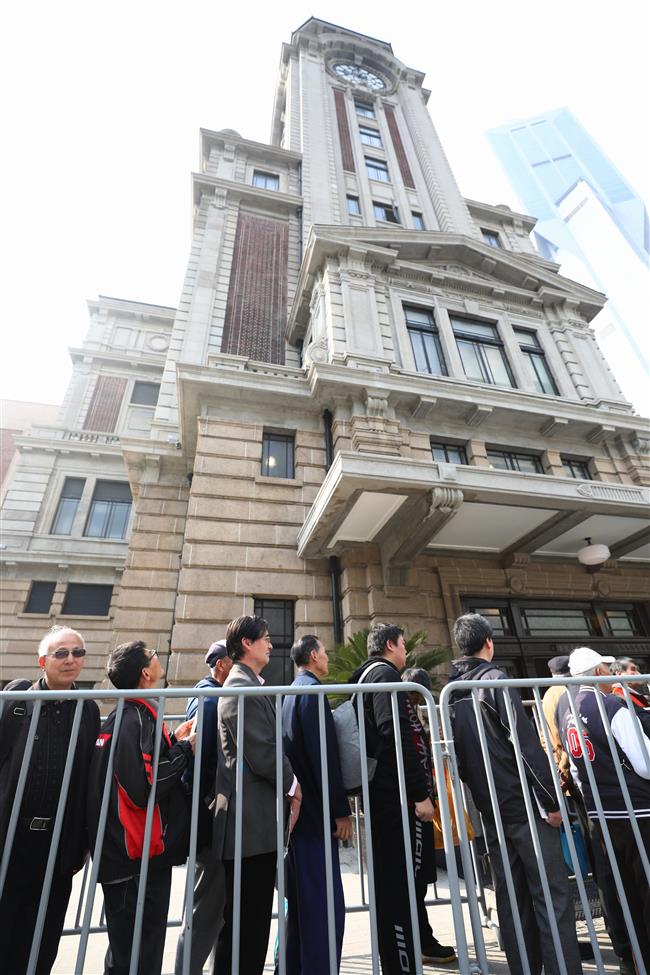
People lined up at the Shanghai History Museum on its opening day in March.
Good news for visitors to the city’s museums — from May 18 to 20, more than 100 will be free to the public, while admission fees of the Shanghai Science & Technology Museum, Shanghai Film Museum, Shanghai Guanfu Museum and Shanghai Natural History Museum will be 50 percent cheaper.
It’s just one of a series of initiatives to celebrate the International Museum Day on May 18.
On that day, about 50 museums, including Shanghai Museum and Liu Haisu Art Museum, will stay open until 9pm for a special “museum night.”
The International Council of Museums has chosen “Hyperconnected Museums: New Approaches, New Publics” as its theme this year, aiming to raise awareness of museums as “an important means of cultural exchange, enrichment of cultures and development of mutual understanding, cooperation and peace among peoples.”
Shanghai museums already attract large number of people to their exhibitions and interactive activities.
“I bought an art education card of Xuhui Art Museum. Usually once a month, the museum organizes some interesting classes for children, like making prints,” said Wu Fei, a 34-year-old accountant with an 8-year-old son. “It has already become a routine for us to see an exhibition or receive some art education on weekends. So there is nothing particular to be done on the International Museum Day; any weekend can be our ‘museum day’.”
China Art Museum received 1.23 million visitors for its 180 exhibitions and 760 public art activities from 2012 to 2017. Among the highlights were works on loan from the Musée d’Orsay in Paris, paintings by Peter Paul Rubens and Anthony van Dyck from the Liechtenstein royal family and an exhibition of the works of Colombian figurative artist and sculptor Fernando Botero. Its public art activities included lectures, films and live performances.
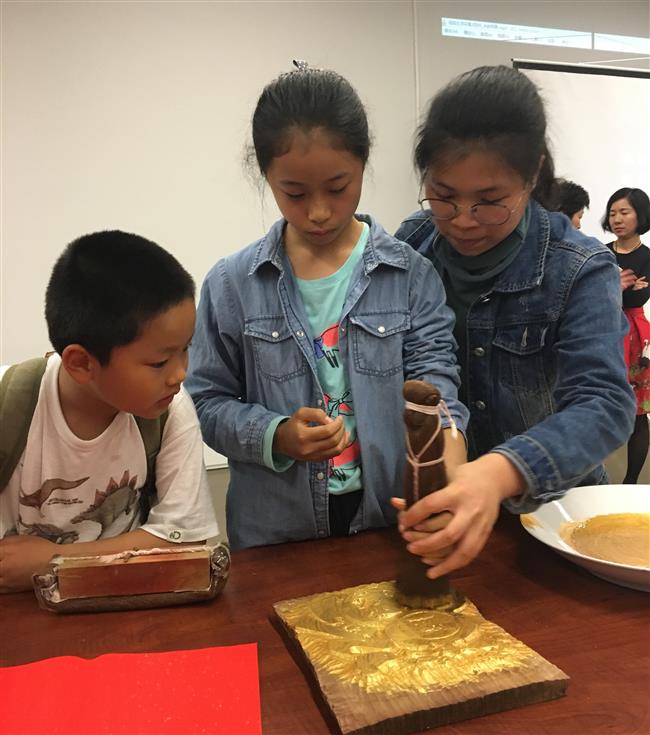
A girl learns a procedure of Taohuawu woodblock printing during an interactive event at China Art Museum.
“I was especially impressed by the museum’s free class on the Suzhou-style Taohuawu woodblock printing last month,” said Lauren Liu, a 40-year-old editor. “I even had the opportunity to make my own New Year’s painting!”
Since 2012, Shanghai Minsheng Art Museum has been inviting world-renowned poets for its “Poems Come to the Museum” project, including award-winning Syrian-Lebanese poet Adonis and Japan’s Shuntaro Tanikawa.
Last Thursday, the State Administration of Cultural Heritage announced on a briefing that artificial Intelligence technology is expected to be applied in Chinese museums to support the country’s efforts to pass on Chinese culture and history,
Along with Internet giant Baidu, the administration will launch a plan on the use of AI technology at museums on International Museum Day.
AI technology will be used at museums, including Emperor Qinshihuang’s Mausoleum Site Museum in northwest China’s Shaanxi Province, Shanghai History Museum and Suzhou Museum in Jiangsu Province.
An online map, with information on over 1,000 digital museums nationwide, will also be available on May 18.
Shanghai Museum is starting to use the technology, creating a digital platform to serve three main areas — collections, research and promotion.
The data-supported digital platform will not only allow the museum to get feedback on the real-time flow of visitors, their movement across the building will also help the curators identify popular exhibits that can help in future exhibitions.
The museum’s “Digitalized Humanity of Dong Qichang (1555-1636)” program is a good example of how this new platform will help in the research and appraisal of paintings and calligraphy by master artists.
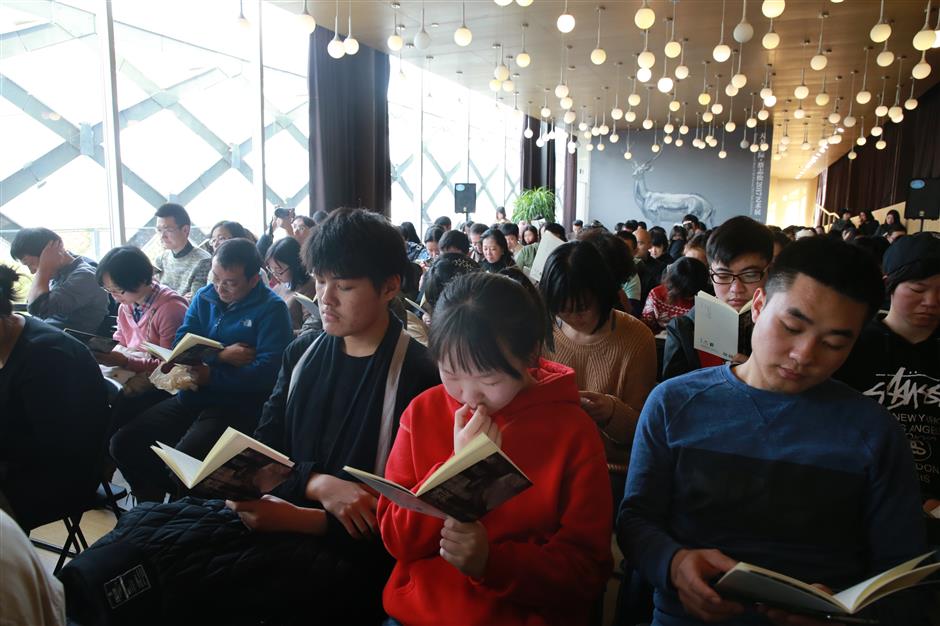
"Poems Comes to Museum" at Shanghai Minsheng Art Museum
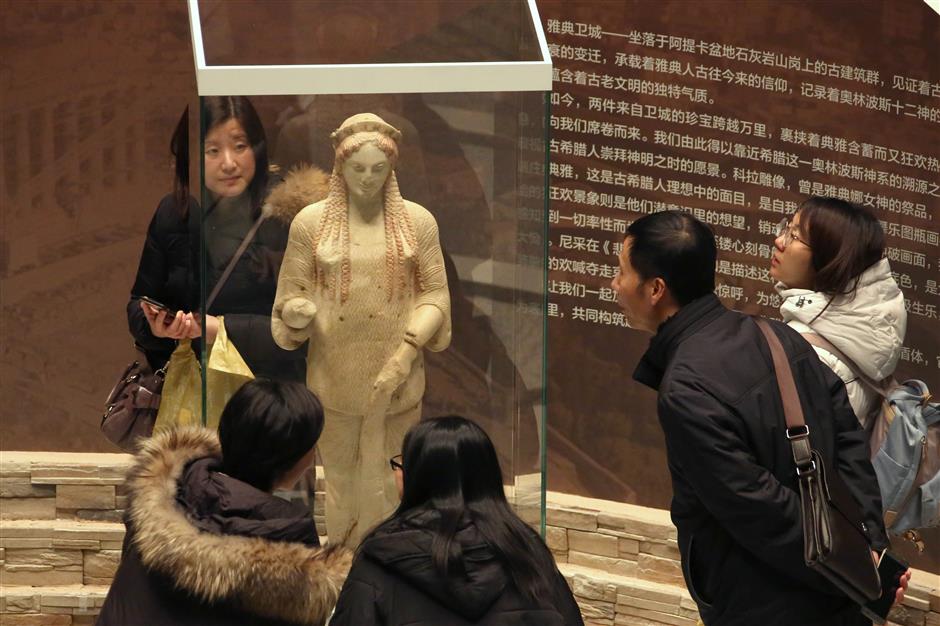
People admired the Kore (sculpture) on loan from Greece's Acropolis Museum at the Shanghai Museum in January.
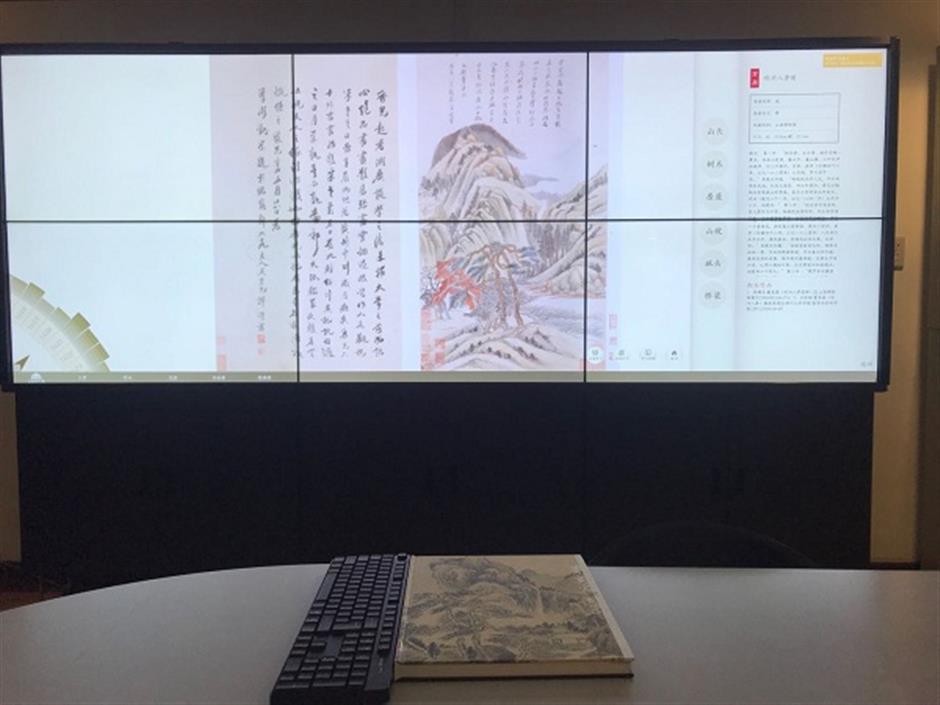
Shanghai Museum’s “Digitalized Humanity of Dong Qichang (1555-1636)” program
By using Google’s AlphaGo-like AI facility, the computers will learn and remember the techniques and styles of the Ming Dynasty (1368-1644) artist from his many masterpieces.
The AI will recognize and distinguish similarities between Dong’s works and those of other artists.
Art lovers will be able to understand the subtle details of Dong’s ink-wash paintings and calligraphy by analyzing the features.
“We have developed VR for one of Dong’s painting which will be released later this year,” said Liu Jian, director of the museum’s information center.
Liu said the museum’s digital platform mainly focuses on apps, digital tours and indexing the collections.
A similar digital platform in collection, research, promotion and education has also been developed by China Art Museum.
“Our WeChat app and website provide more prompt information on the exhibitions at the museum, and visitors sometimes can scan a QR code beside the painting to acquire more details of the art piece,” said Wu Wenwen, director at the museum’s information center.
“Maybe one day when technology ripens, you can use VR to appreciate an exhibition at home in the future,” she added.
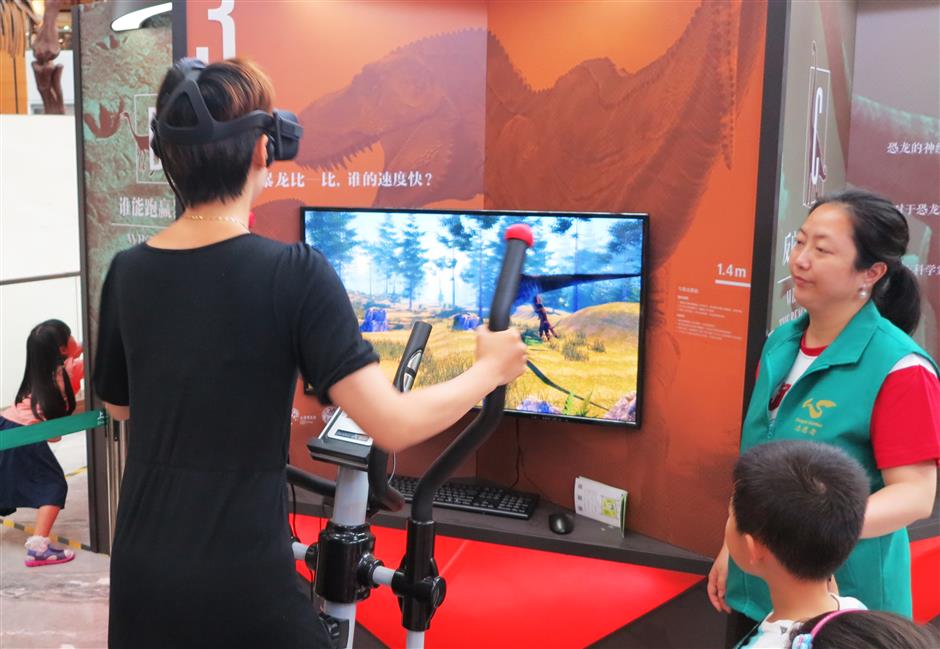
A visitor tries VR technology at the Shanghai Natural History Museum.















